The end to artificial colors is coming.
Efforts to eliminate artificial dyes from U.S. food products are accelerating, but the transition will require time and effort. Federal health authorities recently urged food manufacturers to voluntarily discontinue the use of petroleum-derived synthetic dyes by the close of 2026. U.S. Health Secretary Robert F. Kennedy Jr. labeled these dyes as hazardous, suggesting they could negatively affect children’s health and development.
This initiative follows increased public concern and a regulatory ban on Red 3, a dye associated with cancer in laboratory studies. Synthetic dyes are widely used in items like candy, cereal, and sports drinks. Companies such as Sensient Technologies, a global leader in food coloring, are now intensifying their search for plant-based alternatives. At its facility in St. Louis, researchers are experimenting with blends like carrot juice and beta-carotene to replicate the bright hues of synthetic dyes.
However, switching to natural colors presents significant challenges. These alternatives are more expensive—often costing ten times more—and are less stable when exposed to heat or light. Furthermore, scaling up production is no small task. Sensient CEO Paul Manning noted the difficulty of sourcing and processing the massive quantities of produce or insects needed for natural colorants. For instance, making a vivid pink dye from cochineal insects demands around 70,000 bugs for just over two pounds of color.
Despite reassurances from the FDA that synthetic dyes are safe when used correctly, critics argue they are emblematic of highly processed foods, which make up the majority of the American diet and have been linked to numerous health issues. Experts like Marion Nestle advocate for the removal of artificial dyes, emphasizing that they serve no nutritional purpose and may pose risks to sensitive populations.
While some companies have already begun reformulating their products, the road ahead may include setbacks. A notable example is General Mills, which removed synthetic dyes from Trix cereal in 2016 but reintroduced them a year later due to consumer dissatisfaction. Still, many major brands, including PepsiCo and WK Kellogg, say they are committed to phasing out synthetic colors—and with a federal timeline now in place, the industry is expected to move quickly to comply.

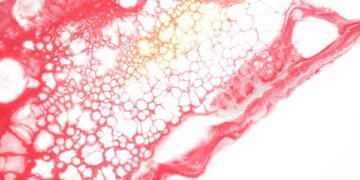

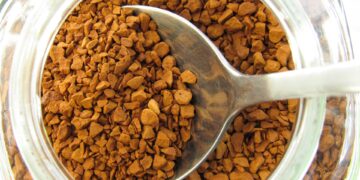



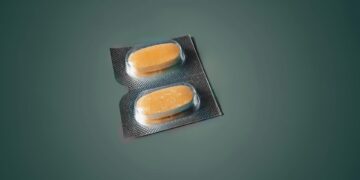










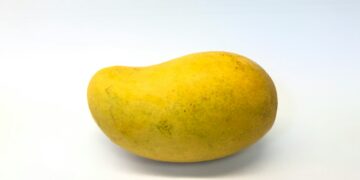

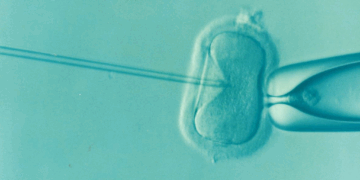







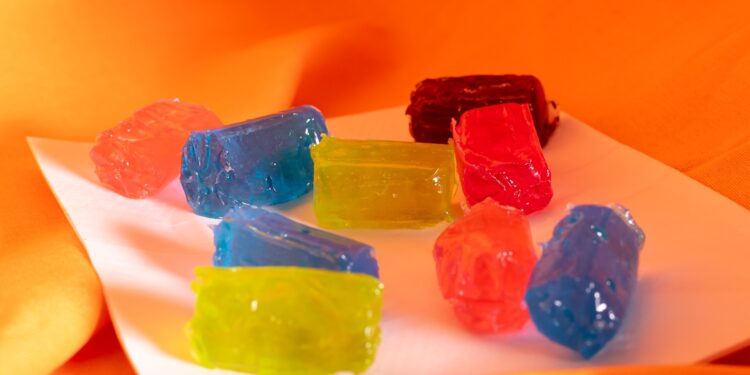




Discussion about this post